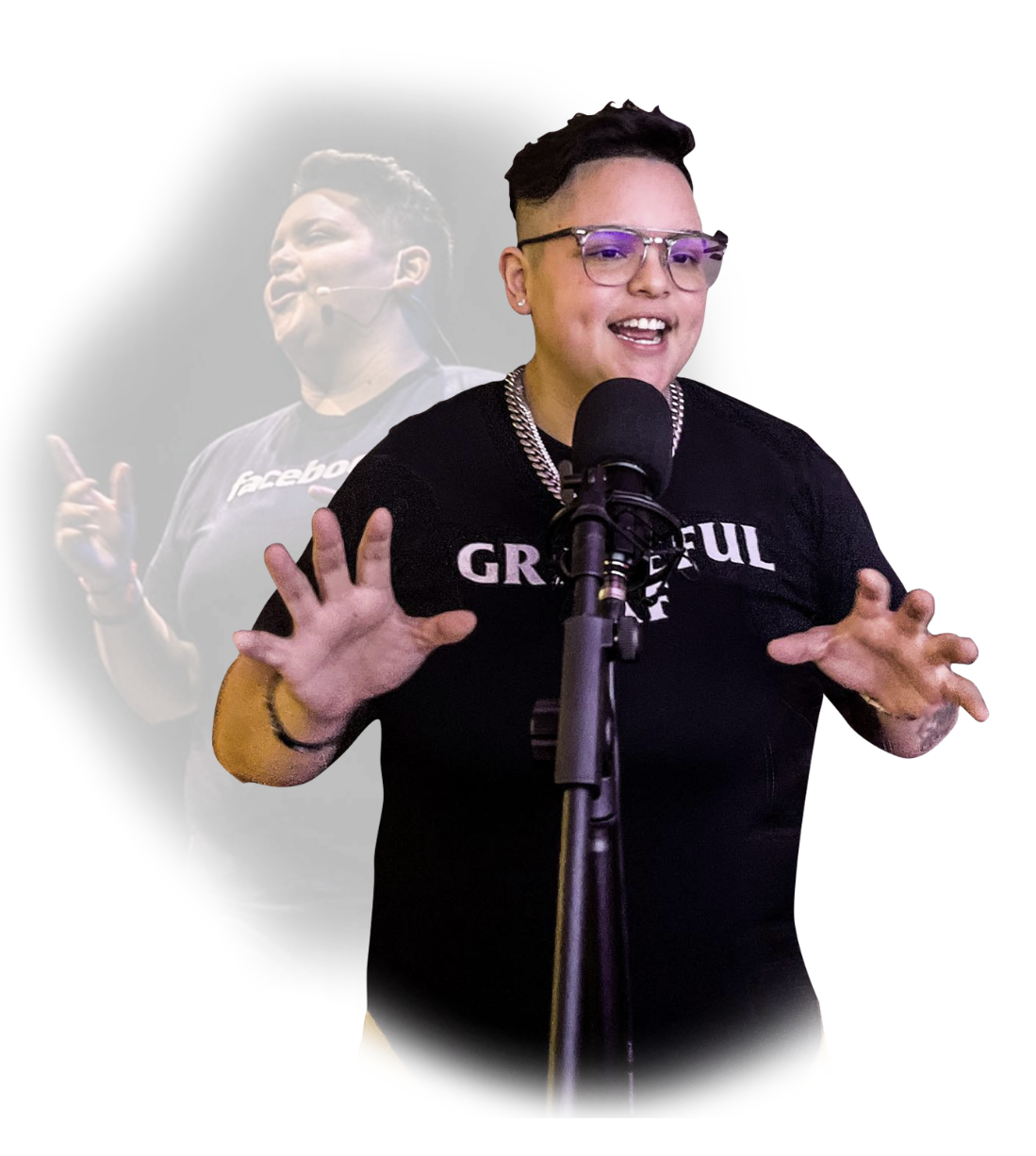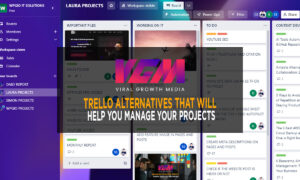If you own a business, you are aware of the importance of generating sales leads and closing deals. But how do you go about doing that? Obviously, through funnel development! We’ll talk about what funnel development is in this blog article and how to design a sales process for your company that is optimal for conversions. Additionally, we’ll offer some advice on how to increase conversion rates. Continue reading to learn more.arn more!
What is funnel development?
Funnel development is the process of creating a sales process that is optimized for conversion. That means that every step in the process is designed to get the prospect closer to becoming a paying customer.

There are a few key elements to any successful funnel:
– A compelling offer: this could be a discount, free shipping, or something else that will entice prospects to buy from you.
– A lead capture form: this allows you to collect contact information from prospects so that you can follow up with them later.
– A thank-you page: this is what prospects see after they’ve made a purchase or taken some other desired action. It’s important to include a thank-you message on this page, as well as a call-to-action for what you want them to do next.
Now that we’ve covered the basics of what funnel development is, let’s talk about how you can create a conversion-optimized sales process for your business.
There are a few things to keep in mind when creating your sales funnel:
– Make sure your offer is compelling: remember, your offer needs to be something that will entice prospects to buy from you. So make sure it’s something they really want!
– Keep your lead capture forms short and sweet: the shorter and simpler your forms are, the more likely people are going to be to fill them out. No one wants to spend their time filling out a long, complicated form.
– Use a thank-you page: as we mentioned before, a thank-you page is a great way to show your appreciation to customers and get them to take the next step in your sales process.
By following these tips, you can create a conversion-optimized sales process that will help you close more sales and grow your business. So what are you waiting for? Start funnel development today!
What Is an Example of a Marketing Funnel?
An example of a marketing funnel or purchase funnel could be someone who travels the buying journey via;
- Blog Post > Email List > Conversion
- Podcast Ad > Blog Post > Conversion
- Facebook Ad > Landing Page > Conversion
- Influencer Social Post > Landing Page > Conversion
How Does a Marketing Funnel Work? (Stages of the Funnel)
You could believe that using a paper funnel at the gas station to pour oil directly into the engine is difficult, but if you know how one works, you can accomplish it.
A marketing funnel is a technique that, by breaking it down into various phases, enables you to evaluate the success of your campaign. The top of the funnel, which is wider, draws in a lot of people, followed by the center, which is narrower and draws in a more specific crowd, and finally the bottom, which is even more specialized and draws in serious buyers.
Why build a sales process?
A sales process is a road map that steers your sales staff as they move from potential leads to customers, as the name suggests. Your marketing team’s efforts to generate leads would be useless without a road map. Having a standard sales approach may also help less experienced reps get a good handle on best practices and learn what to do at different sales stages.

Step on Sales Process
Prospect:
In order to start moving through the sales process, prospecting is the process of locating fresh, early-stage leads. Most salespeople include it as a crucial part of their daily or weekly routine. In addition to conferences and business gatherings, prospecting can be done on websites like Quora and LinkedIn. In order to find potential customers that are interested in your service, you may also approach current customers or coworkers for referrals.
Connect and qualify leads:
In the connect stage of the sales process, reps should get in touch with early-stage leads to collect data. In the second phase of this process, fresh leads are qualified by analyzing whether they are a suitable fit for your business and whether they are likely to move further in the buying process.
Research the company:
The next phase is research, during which sales representatives learn more about each prospect and business. Research helps your agents put themselves in the customer’s shoes to deliver a more customized and personalized experience, increasing the likelihood that a deal will be closed.
In order to get a comprehensive understanding of the business and its objectives, you might need your representative to speak with other employees working in various company departments. A skilled salesperson must be more knowledgeable about the industry than the specific prospect who works there.
The formal product or service demonstration that your salesperson provides to your prospect occurs during the presentation process. The connecting and qualifying stage is extremely important since this step takes time and is typically saved for prospects who are more qualified and occurs later in the sales process. If possible, avoid having a salesperson waste any of their valuable time.
Close the deal:
Closing activities, the last stage of the sales process, are any late-stage actions that take place when a deal nears closure. It varies greatly from business to business and may involve making a price or proposal, haggling, or getting the support of important decision-makers.
To close a sale, every salesperson works hard. It ought to culminate in a legally binding written agreement between the buyer and the seller. A commission on the agreed-upon price is paid to the salesperson once a deal is closed, and the account typically transfers to an account manager or customer success specialist.
Nurture and continue to sell:
Although it may appear that salespeople’s ultimate goal is to close deals, this is not the point at which they stop communicating with customers. Sales representatives should not only ensure that clients receive what they requested, but also assist in moving them to the team in charge of onboarding and customer success.
CONCLUSION
The goal of funnel development is to design a procedure that turns as many leads into sales as is practical. You may increase your chances of converting more leads into paying clients by comprehending the various stages of the purchasing process and utilizing conversion-optimized strategies. To get started, try out a few of these suggestions, and get in touch with us if you need assistance building a funnel that will benefit your company. Gratitude for reading!























